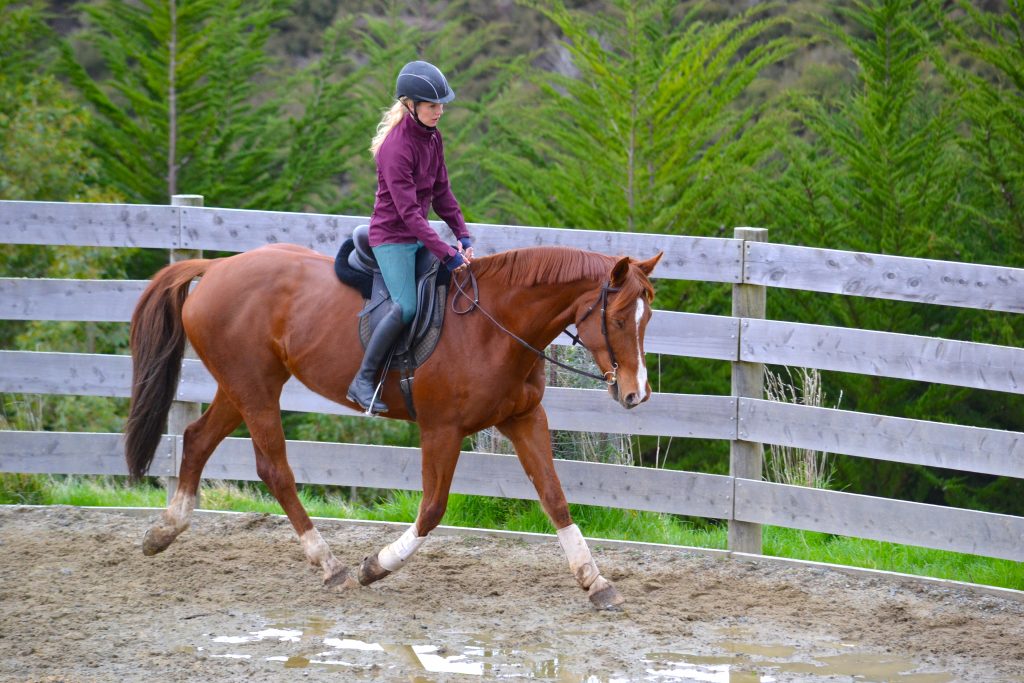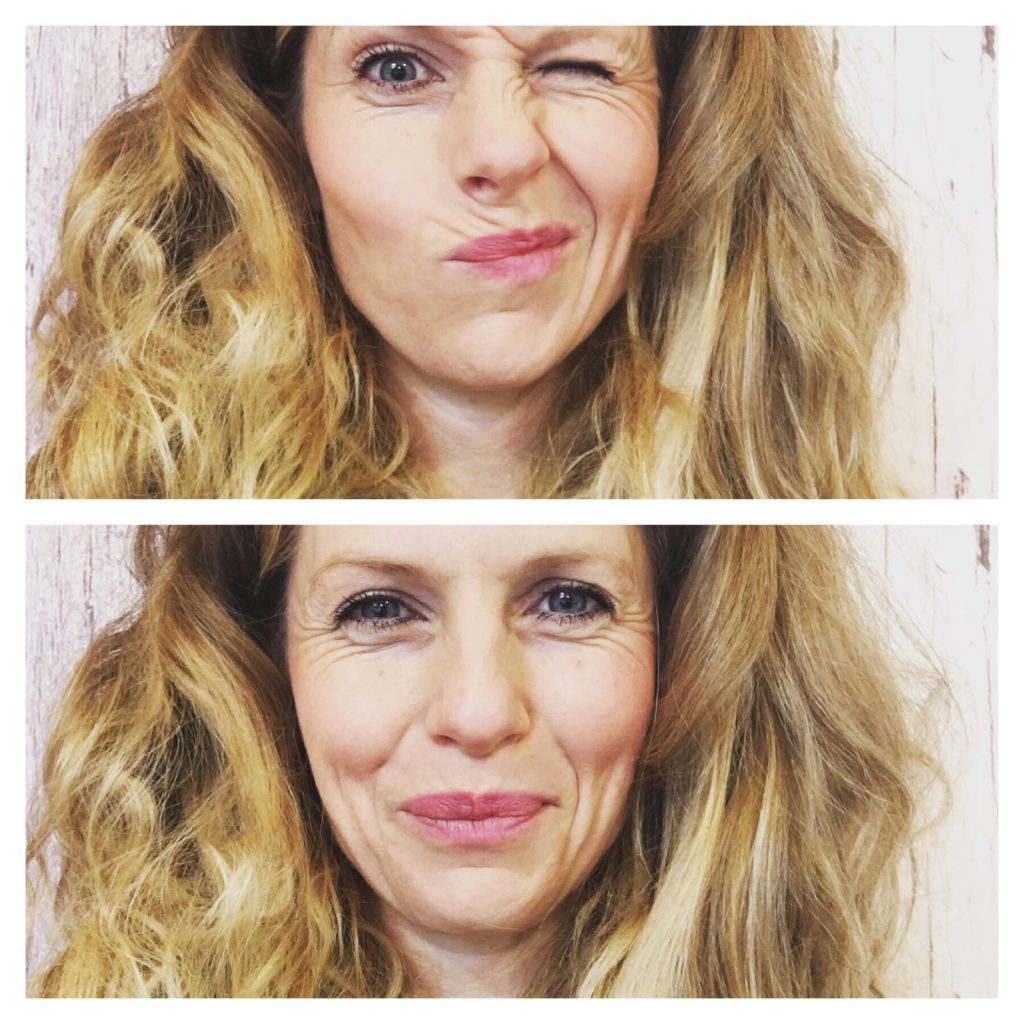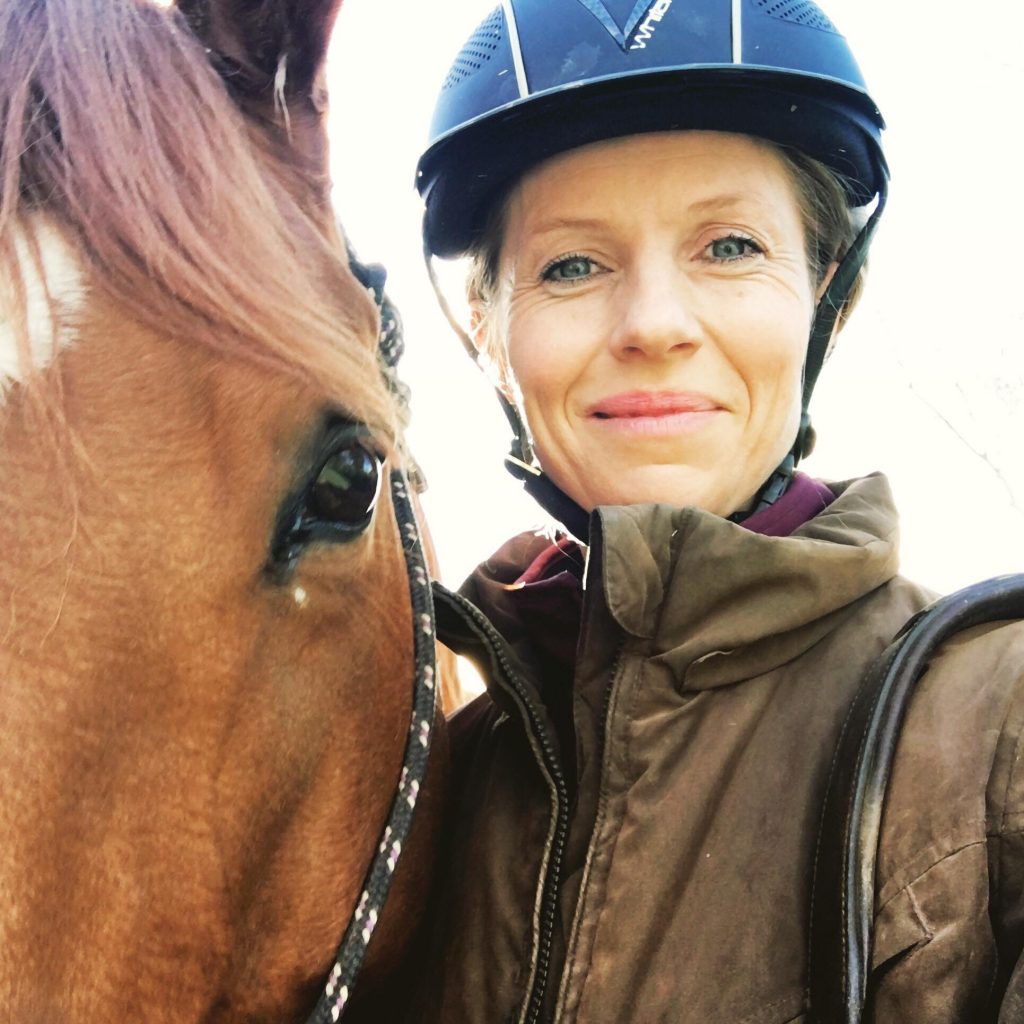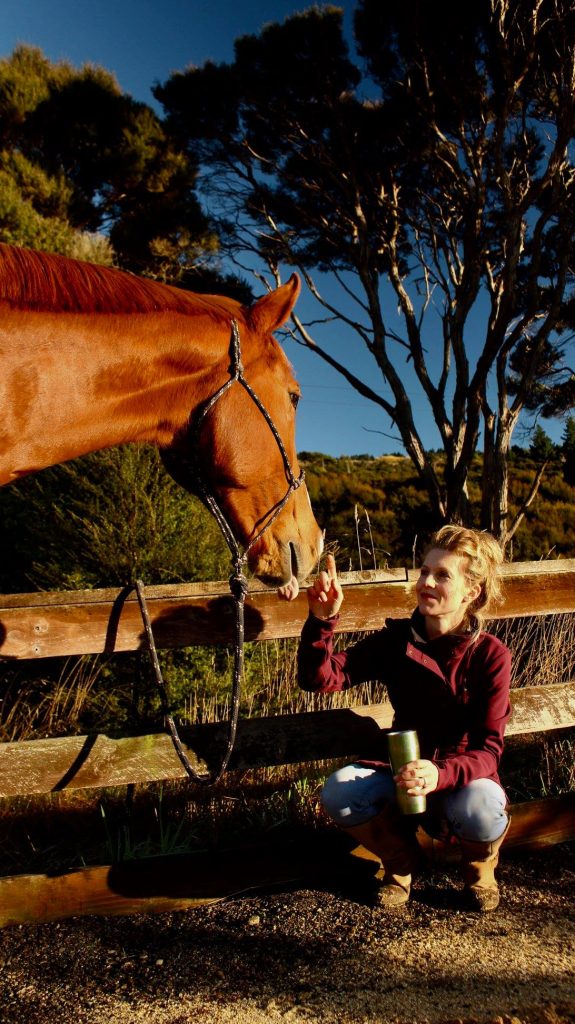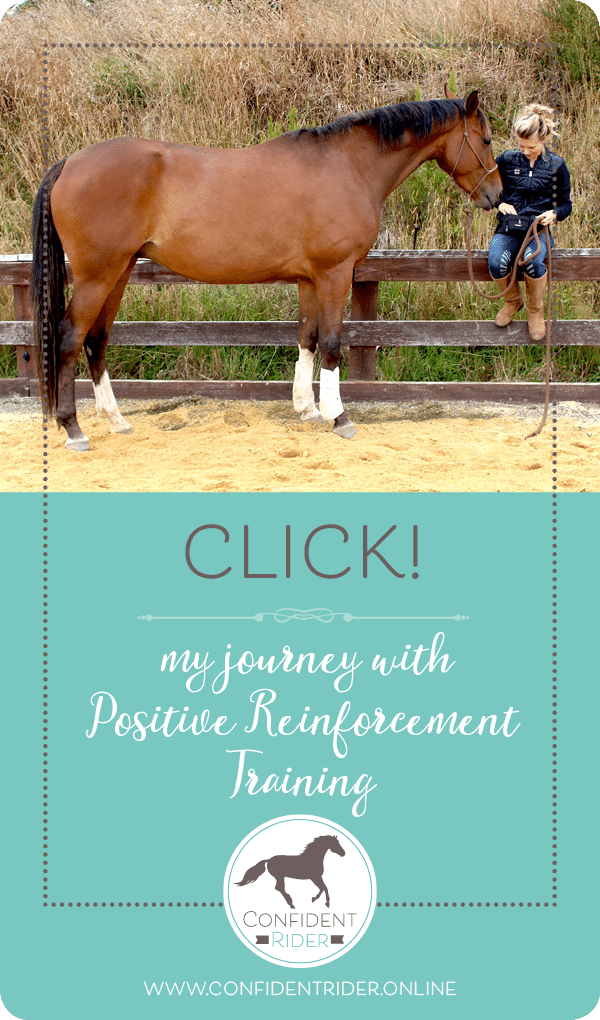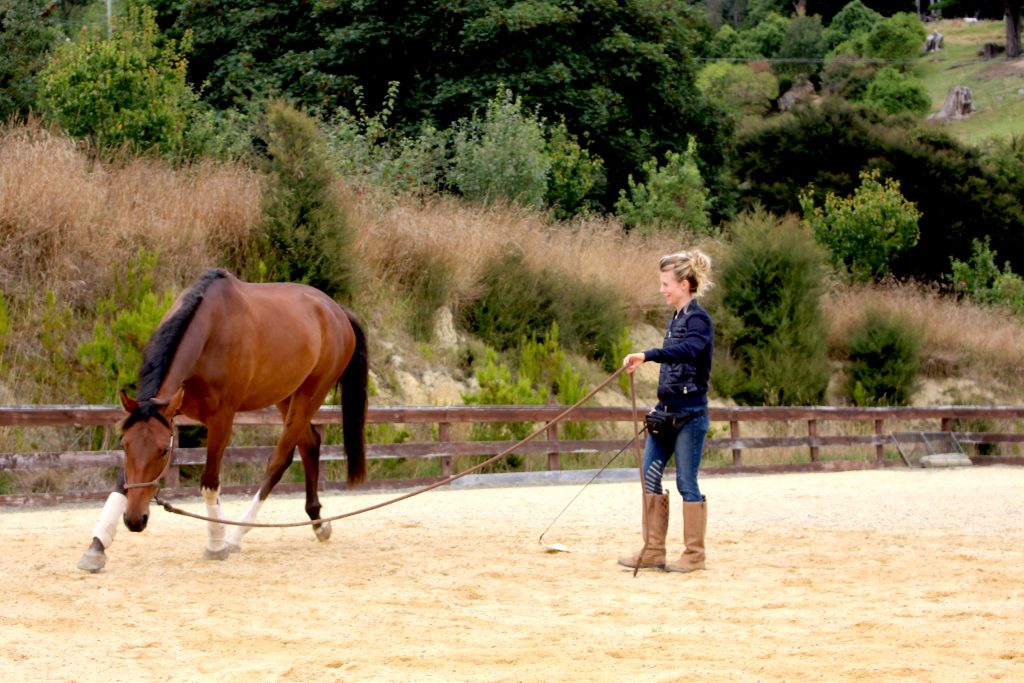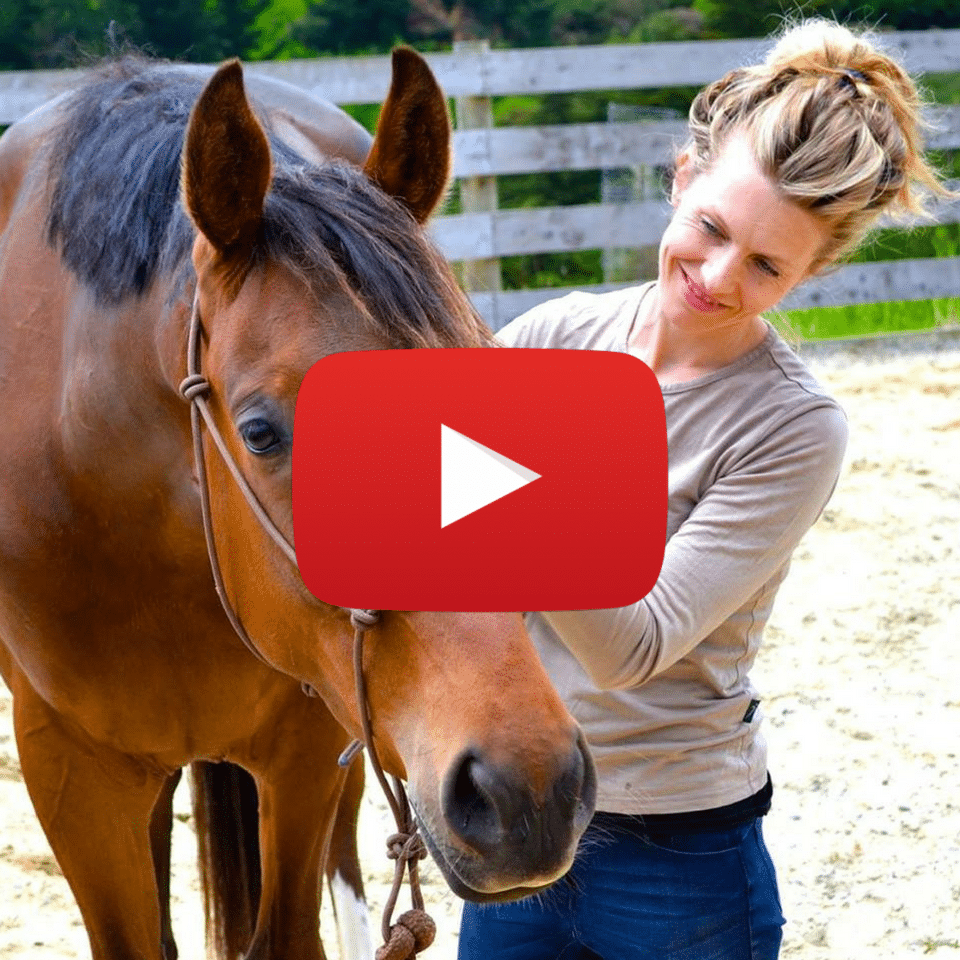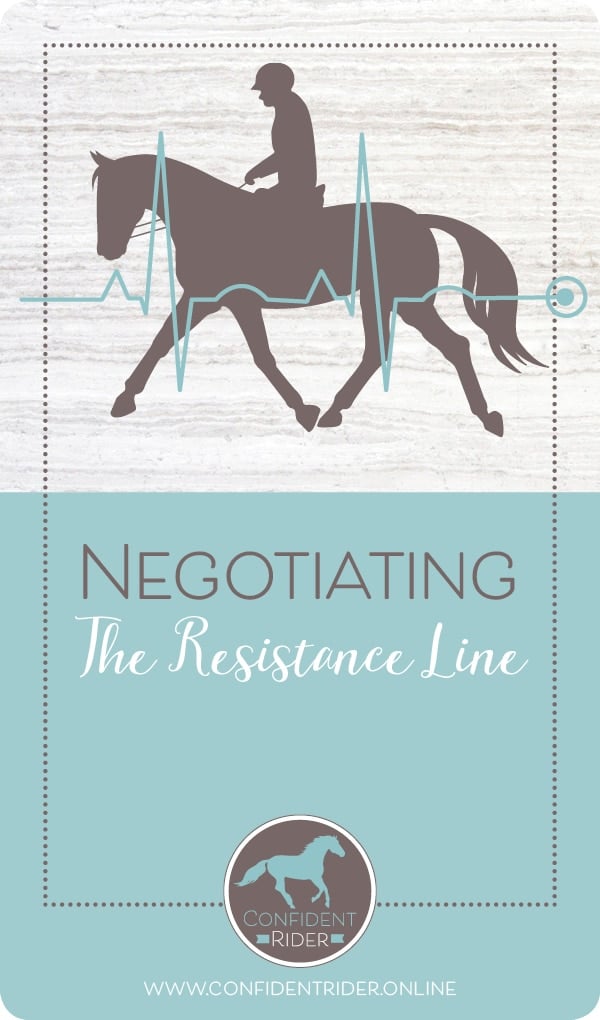
One of the things I’ve been mindful of over the first few rides with Dee is negotiating the resistance line; where pressure is applied, there’s an increase in energy in response, and you begin an energetic conversation between too little, too much, and the point of resistance where both openness and understanding come to a standstill. More often than not, this requires attention to detail. For example, in teaching the cue to “go”, I first start with my intention (holding the ideal version of what I want to create in my mind), gently apply pressure with my legs (usually in conjunction with a vocal cue) and then wait for the response.
The first few times, I applied too much, too soon. I felt a brace arise- the resistance point. It’s physical yes, but it’s mainly mental. Concern, apprehension on the part of the horse- what does that mean and what do I need to do to protect myself? And too much “ask” on the part of the rider (me). What’s important to remember is that pressure is something defined by your horse’s response, not by our own feelings about what is too much and too little. What could be considered a light cue to us, may be too much for our horse according to the mood, moment, environment or level of understanding. It’s a dance of application, reflection and adjustment.
By dropping back and looking for a more refined response, you can begin to negotiate this line to elasticize your comfort zones and increase understanding without entering into conflict. For instance, if I apply a leg aid and ask for forward, expecting a full step at walk- although a seemingly small ask- may be too much in the beginning. For a horse just learning, we might look for a shift in weight, a change in dynamic that suggests their thoughts were forward if nothing else. If we can build and release from that point, I believe we can maximise learning and minimize the need for conflict.
When it comes to our own learning as riders and horse people, it’s important that we become aware of our own line of resistance and dance with it accordingly. I work with the principle of intentional practice- of seeking out the elements of riding and horsemanship that challenge me and actively incorporating it into my training.
Massaging the resistance line- the point at which you feel a physical and mental brace to the task at hand- requires us to be connected and in tune; available to listen to our instinct and intuition and be mindful of when feelings of apprehension arise in relation to an activity, request or offer. It often manifests as the catch point; the point where your desire is squashed down by your concern. The point where you “catch” yourself; you want to say yes, but instead you say no. Where you wish you could, but you feel you can’t. Where you no longer feel resourceful, willing but instead defensive and protective. Resistance.
Negotiating the resistance line, elasticizing the limits of your comfort zone and maintaining open-ness to learning and growth is a dance of peaks and troughs; it’s applying pressure, noticing the rise in tension, sustaining the tension momentarily and then releasing. Your ability to sustain the tension- to relax into what concerns you- comes with the normalization of the experience, with you seeking to include that which you have resistance to as part of what you do until you feel the hard edges dissolve. What you have then is no longer resistance, but acceptance, a new kind of normal.
xx Jane

Want head and heart skills for a trusting, happy partnership?
You can have a riding life filled with clarity, purpose and confidence- and this program will help you have it. JoyRide is an online membership program for big-hearted riders looking to create a meaningful relationship with their horse. Get in charge of your thoughts, master your mindset and your emotions so you can get out there and do what you love together. Check it out here.

